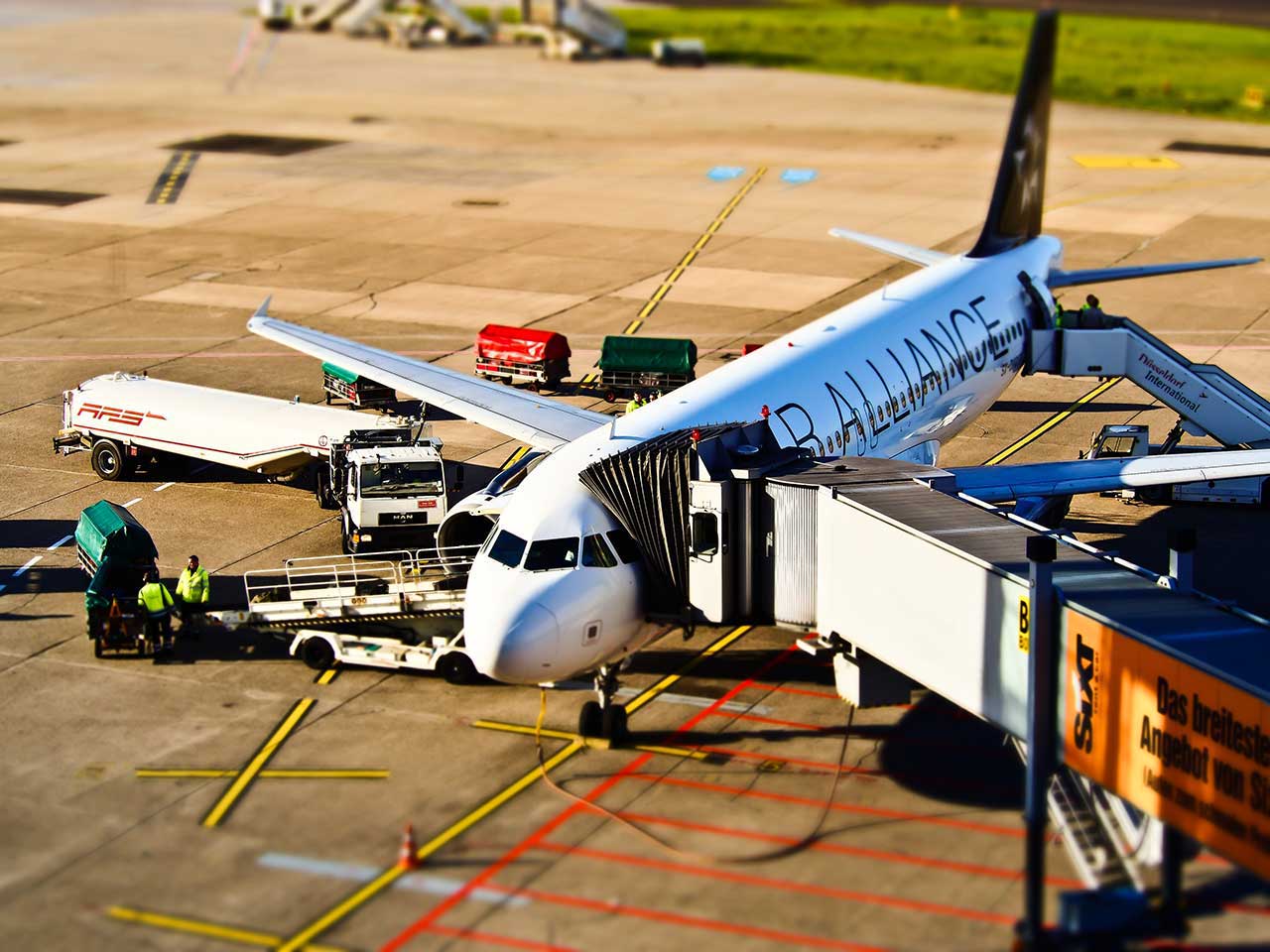
Distributor of Caterpillar heavy equipment
Engagement Overview
e&e were engaged by a distributor of Caterpillar heavy equipment that supplies in Australia and internationally. The company provides services in the areas of technology, maintenance, investment, training, and equipment rental aspects.
e&e were engaged to provide a team that lead the full data migration program as an integral part of the Enterprise Resource Planning (ERP) implementation of a new global solution, based on Microsoft Dynamics AX. This involved the analysis of source data from numerous legacy, desktop and paper based systems across a wide number of regions and foreign languages that had been formed and acquired over a period of 25 years. The existing systems were established in several different languages across China, Malaysia, Hong Kong, Singapore, Papua New Guinea, New Caledonia and Australia.
The existing environment was based on technology that was out-dated with inefficient business processes, duplication and unnecessary risk and complexity between regions. In turn, there was limited access to information that was required to run the business effectively and efficiently. The client was at significant risk of achieving their growth objectives with the existing/previous array of systems.
This was the largest business transformation program ever undertaken by the client with a combined budget of over $80M (excluding contingency).
Scope of work
The scope of the data migration was to underpin the implementation of the global Enterprise Resource Planning, for the client and group of companies. This included:
- Defining the overarching data migration strategy, architecture and approach along with establishment of a data governance steering committee
- Setup a data dictionary, data mapping framework and identify direct mappings, gaps and extra data that was only available in the source systems
- Identification, discovery and profiling of all source systems and data across all regions, including existing legacy systems, mainframe, paper/manual and desktop based sources (such as Excel Spreadsheets and Access Databases)
- Source systems included all human resource (HR) systems, payroll systems, stock inventory systems, asset management systems and finance general ledger systems
- Information required for the new system was categorised and defined; including every record for each category and associated attributes
- All record types across all parts of the business globally were checked through and validated; identifying any overlaps and differences in functionality between the source and new system
- Data migration quality, schedule and risk management plans were defined based on an iterative approach so that the data migration could be achieved progressively with tight feedback and collaboration with all business areas and stakeholders
- All platforms and environments were designed and provisioned to support and perform an iterative data migration approach. Several environments were setup so that development of code and testing of the data extraction processes could be achieved in parallel. Frequent data migration trials provided the capability to continuously deliver and optimise the solution
- Data extraction solutions for all sources were designed and implemented; data transformation code was built utilising the data dictionary and data mapping framework. Transformed data was staged before loading into the new system
- Post data migration reconciliation processes and reports were identified and implemented, which were endorsed via data governance framework and key business stakeholders
- A solution was built that could prepare seed data to support concurrent system functionality development and testing for both core systems and extended modules
- The data migration was staged over five major go-live events for each region and system over a fixed delivery period of 12 months
- A successful handover from Warranty to Business As Usual (BAU) was achieved for each major go-live event
Outcome
With the Singapore region successfully used as the initial pilot, the implementation and go-live of the subsequent ERP systems was very well planned, rehearsed and executed, on-time with minimal disruption to customers. The onsite data migration team of e&e consultants focused hard on working together as a high performing team, continuously improving ways of working and collaborating to deliver maximum value within very strict delivery timeframes. The team were always willing to work above and beyond in order to ensure that all business expectations were achieved. This involved working across a number of different time zones to coordinate critical migration and go-live activities.
All workarounds and associated procedure changes were delivered with a quick turnaround in order to overcome any shortfalls or defects. All delivered risks were clearly identified, articulated and mitigated to the satisfaction of the business and industry regulators. All data reconciliation reports were delivered and signed off successfully and smoothly following each go-live event, as part of set go-live criteria. All foreign language data was transformed successfully and accurately with support from key business stakeholders across Singapore, China, Malaysia, Papua New Guinea and New Caledonia.
The new ERP solution was setup and is now running to successfully support up to 5000 users, completely new business processes across 7 different global regions and foreign languages and in excess of 1000 financial transactions per day.
Download Case Study



